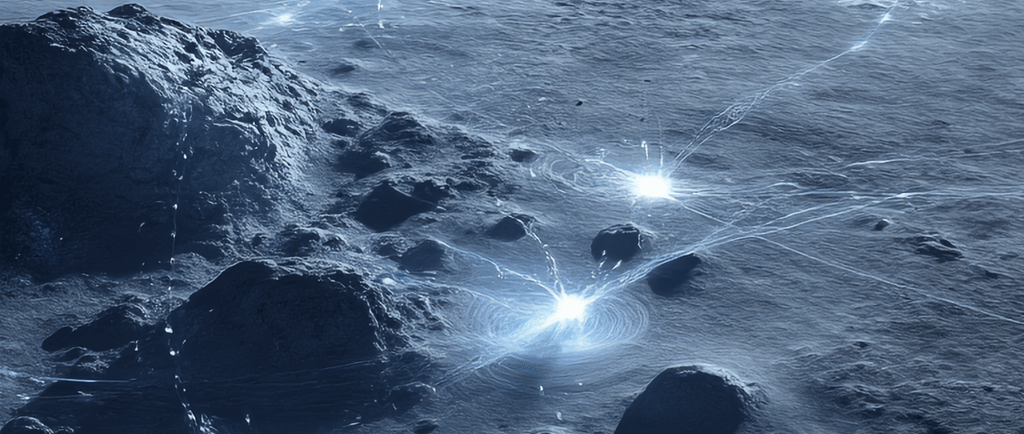The Formation of Water on the Moon: Interaction with Solar Wind


Introduction to Lunar Water Formation
The presence of water on the Moon has been a tantalizing topic for scientists and space enthusiasts alike. Recent studies highlight that water can indeed form on the lunar surface, primarily due to the interaction between solar wind and the Moon's regolith. Understanding this process not only enriches our knowledge of lunar geology but opens up new possibilities for future extraterrestrial exploration.
The Role of Solar Wind in Water Production
Solar wind, a continuous stream of charged particles emitted by the sun, plays a crucial role in the formation of water on the Moon. This phenomenon occurs when protons—essentially hydrogen particles—travel at impressive speeds exceeding one million miles per hour and strike the Moon's unprotected surface. As these protons collide with the lunar regolith, they engage in a fascinating chemical process. Specifically, they pick up electrons and transform into hydrogen atoms.
Once these hydrogen atoms are generated, they do not remain isolated. Instead, they actively seek out other elements to bond with, particularly oxygen, which is abundant in lunar minerals. This bonding leads to the formation of hydroxyl and water molecules—two entities that are critical in understanding the viability of future lunar habitation and resource utilization.
Research Methodologies and Findings
To study this intricate process comprehensively, researchers have employed various innovative techniques. Lunar samples undergo treatment that removes any moisture that may have been absorbed from Earth. This is essential for isolating the water that may have formed in situ on the Moon itself. The samples are kept in a vacuum to ensure that no external moisture interferes with the findings.
Additionally, these samples are exposed to conditions simulating what would equate to approximately 80,000 years of lunar exposure to solar wind. By utilizing spectrometer readings, scientists have successfully confirmed the formation of water-related molecules. Such findings not only illustrate how water can manifest on the Moon but also provide insights into the Moon's capacity to sustain future human activities.
Conclusion and Implications
The discovery that water can form on the Moon due to interactions with solar wind signifies a critical advancement in our understanding of lunar science. This knowledge bears vast implications for future lunar exploration, especially concerning the potential for water resources. As we continue to explore the lunar surface and its properties, advancements in this field contribute invaluable data to ongoing conversations about sustainable human presence beyond Earth.
